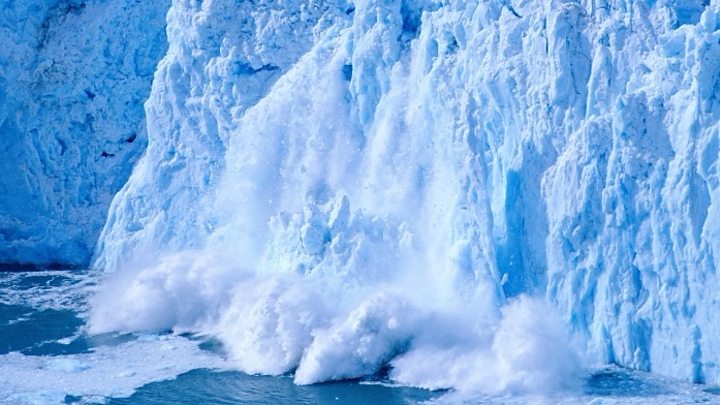
Five Perspectives On The Future Of The Seas
The oceans are the largest habitat in the world. But plastic waste, global warming, and acidification are changing the seas. The research questions are therefore diverse and numerous.
The garbage and the seas
Everyone knows the images of the plastic islands in the Pacific, which are as big as a continent. Or from PET bottles, canisters and fishing nets that are washed to the stands. Living things such as seabirds die because they swallow plastic or get caught in the nets.

But what would mean a reduction of these raw materials for the marine environment, has hardly been explored so far. In order to find out whether deep-sea mining is ecologically responsible at all, the Federal Ministry of Research is supporting scientists in gaining insights into the deep-sea ecosystem. The “JPI Oceans” initiative is also active in this field of research. Part of the program is three expeditions with the research vessel SONNE in the South Pacific. The first ride was in September 2015.
Habitat coast
Already today, 70 percent of the world’s population live near the coast – and there are more and more. This makes the coastal habitat a highly dynamic economic area. Megacities – urban areas with millions of inhabitants, large buildings and a lot of industry – are increasing the pressure on the ecosystems of the coastal regions.
At the same time, climate change is particularly noticeable on the coasts. Extreme weather events such as hurricanes, storm surges, and sea-level rise will change the coasts and present challenges to humans as well: how must dikes and structures be built on shores to withstand storm surges? How big must flooding areas be to protect coastal regions from rising sea levels? These complex questions about the protection of our coasts and seas can only be answered together – interdisciplinary and international. The Federal Ministry of Research, for example, supports numerous coastal research projects in its framework program “Research for Sustainable Development”.
Oceans for climate research
The oceans cover about 70 percent of the Earth’s surface. They host the largest interconnected ecosystem on the planet. In the climate system, the ocean with its sun and wind-driven regional and global currents is an outstanding factor. Because it can store large amounts of heat and gases, the ocean has so far absorbed about 30 percent of man-made carbon dioxide. About 90 percent of global warming changes are affecting the oceans. With in-depth knowledge of physics, chemistry, and biology in our oceans, we can close information gaps in the climate system and react to changes.
The joint project RACE (Regional Atlantic Circulation and Global Change) funded by the Federal Ministry of Research investigates the links between regional Atlantic circulation and global change. Changes of the future Atlantic circulation over the next 10 – 100 years are examined in detail. The results should help to estimate impacts on the ocean and the coasts of Germany and Europe’s coastal protection.
Acidification of the seas
Because the oceans absorb the carbon dioxide from the earth’s atmosphere, they acidify. Atmosphere and oceans are in constant communication. When one area of life changes, that has an impact on the other. So if the emissions of the greenhouse gas carbon dioxide into the earth’s atmosphere rise, then change the oceans. They become “sour” because the CO2 lowers the pH of the water. In particular, the acidic water damages lime-forming organisms such as shells and corals.
The scientists have been investigating the influence of acidification on the marine organisms since the year 2009 with funding from the Federal Ministry of Research in the BIOACID (Biological Impacts of Ocean Acidification) association. The project is now in its third and final funding period.